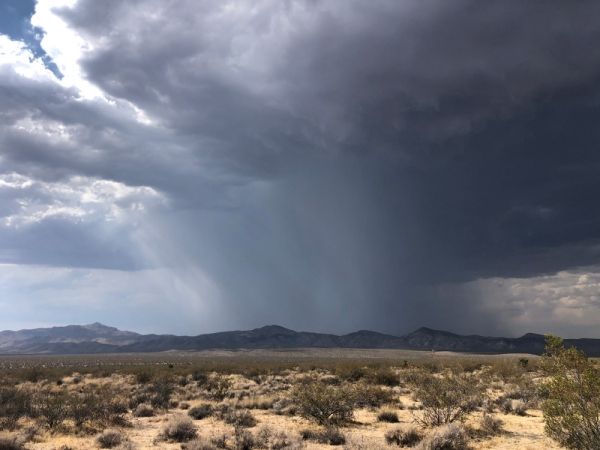New UC Riverside research shows how, after it rains, microbes in desert soil convert one form of pollution into another — laughing gas.
No laughing matter, nitrous oxide or N2O is the third most potent greenhouse gas. Scientists conducting the research were surprised to measure N2O production in the desert heat.
“It only happens in waterlogged soils. Since the desert is dry most of the year, we didn’t think this process could occur in arid soils,” said Alex Krichels, UCR environmental scientist and first author on the new study.
This study, published in the journal Biogeochemistry, examines how and why desert-dwelling bacteria are producing N2O emissions. It builds on work published in 2020, when a team led by UCR landscape ecologist Darrel Jenerette found desert soils produce substantial amounts of N2O after a rain.
The traditional view, Krichels explained, is that N2O comes from heavily fertilized agricultural fields like those in the Midwest. Growers add more nitrogen, ammonium and nitrates than plants need, and after a rain, bacteria convert the excess into N2O, a process called denitrification.
Read more at: University of California - Riverside
Rain in a desert landscape can trigger nitrous oxide emissions from the soil. (Photo Credit: UCR)


